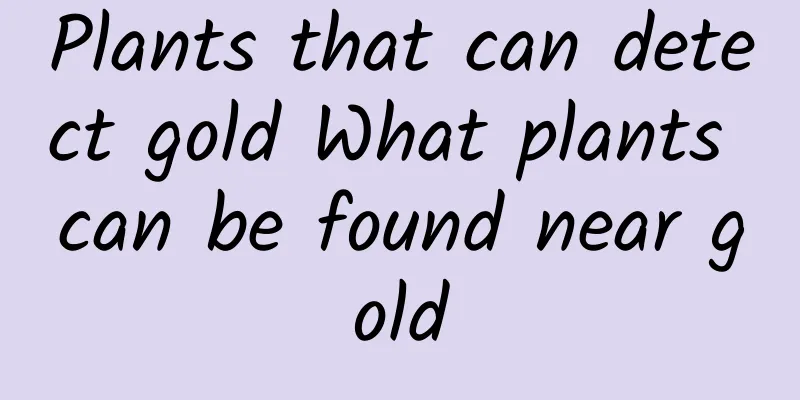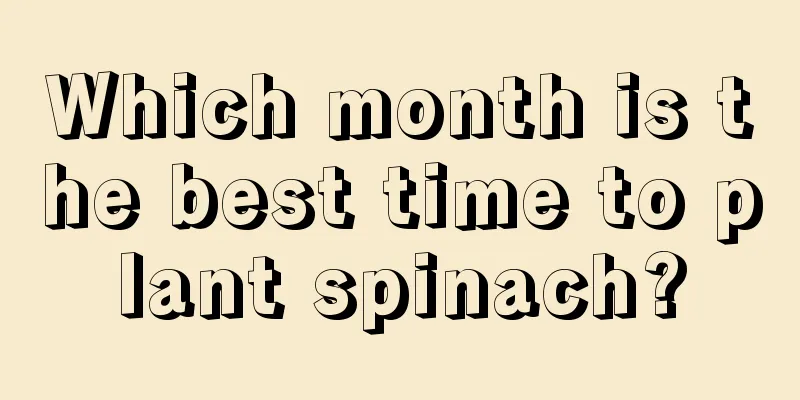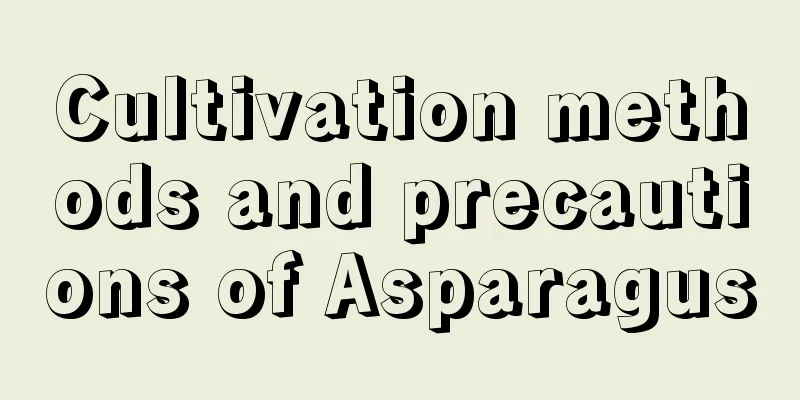Plants that can detect gold What plants can be found near gold

|
Gold is a very popular item in people's daily life. It is brightly colored and is a symbol of the quality of people's lives. It is very precious in nature. Ordinary people usually use plant indicators to find gold in nature because they do not have professional mineral knowledge. Common plants that can detect gold include arvense, dianthus, dichotoma, wind eye orchid, fir, etc. Below we will introduce 3 kinds of plants that grow close to gold. Equisetum arvenseYou know, we often see horsetail grass now, but it was not so easy to find in ancient times. Because the root system of horsetail grass is very developed, it can even absorb substances from gold mines. Therefore, the horsetail grass on the gold mine actually contains gold minerals in the plant body . And the horsetail grass growing on the gold mine is very lush. When the ancients were looking for gold mines, they actually hired people to find areas where this horsetail grass was thriving. DianthusDianthus is a perennial herb that can often be found in high mountains and grasslands. It blooms in May and June every year, and the bright red flowers decorate the hillsides especially beautifully. Fruits can be seen on the dianthus in August and September. In 1985, scientists concluded through research on the Jiaodong gold mine that dianthus and gold resources coexist . At that time, scientists washed the dianthus in bloom, dried it, burned it into ashes, and found that the ashes contained gold, making it a direct indicator plant for gold mines. In the Jiaodong gold mine, there are more than 10-20 dianthus plants per square meter, and the ancient abandoned gold mine is full of dianthus . Through careful research and comparison, two major conclusions were drawn: First, the probability of gold mines appearing in areas where dianthus grows densely is extremely high, and the two are related. Second, the higher the density of gold underground, the more luxuriant the dianthus grows; dianthus basically does not grow in gold mines with high trisulfide content. Simply put, if there are highly concentrated plots of dianthus, the probability of having gold mines is very high , but not all gold mines have dianthus . If you go to an abandoned gold mine with low sulfide content, you can see large patches of dianthus. The farther away from the ore body, the lower the density of dianthus. Therefore, if you encounter a large number of dianthus in the wild, there is a high probability that there are gold mines hidden. Please cherish them when you encounter them. Lycopodiella cernuaSpeaking of wolfsbane, you may be very unfamiliar with it. But if you mention its other name, you may not be calm, that is the well-known "gold-detecting grass". As the name suggests, gold-detecting grass is a grass that detects metal deposits. It is said that the growth environment of wolfsbane is quite special. It grows mostly in places with poor soil and has a solidifying effect on the soil. The places where it grows are often high in metal content, so as long as people see wolfsbane, they will think of the presence of metallic substances. The large-scale distribution of wolfsbane has certain guiding significance for the detection of certain metal substances and can effectively help reduce the cost of manual detection. |
<<: Winter vegetable varieties picture What vegetables are grown in winter
Recommend
Planting technology and cultivation management of Atractylodes lancea
Atractylodes lancea, as a herbaceous plant rich i...
How to grow green chrysanthemums in summer
1. Adjust the temperature When growing green chry...
The growth environment and characteristics of mountain tortoise
Turtle growth environment conditions and requirem...
Methods and steps for growing coriander on the balcony Methods for growing coriander in balcony flower pots
It is good to grow coriander on the balcony. The ...
How to remedy the problem of osmanthus leaves falling off
1. Reduce watering Cause: Excessive watering caus...
What kind of crop is kiwi? What kind of fruit is it?
What kind of crop is kiwi fruit? Kiwi, also known...
How to repot Hoya
Repotting Repotting time It is best to repot on a...
How to grow banyan bonsai, pictures of banyan bonsai
1. How to grow a banyan bonsai Light: Banyan tree...
How to water white palm
Watering tips for white palm Anthurium is a plant...
How to plant Impatiens and how to spread seeds
1. How to plant Impatiens 1. Planting time: Impat...
Don’t throw away the food storage box after use. Use it to grow vegetables. The seedlings will grow in 30 days and you can’t finish eating them all!
Have you noticed that sometimes the food storage ...
Cultivation methods and precautions of red cicada flower
Living habits First of all, because the plant is ...
How to care for Margarite flowers in winter
Is the Margarite flower afraid of cold? Margaret ...
How to plant Jade Dragon Grass
1. Choose the soil It is best to use soil with st...
How to grow chives
1. Maintenance methods 1. Temperature: Chives are...









